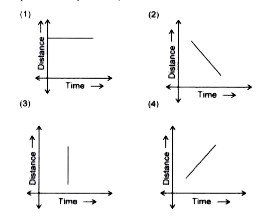Which of the following velocity-time graph is not possible?

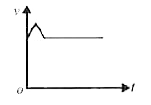
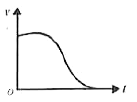
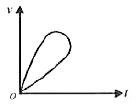
The correct Answer is:D
To determine which velocity-time graph is not possible, we need to analyze the characteristics of velocity-time graphs and the physical implications of having multiple velocities at a single point in time.
1. Understand the Concept of Velocity-Time Graphs:
- A velocity-time graph represents the velocity of an object as a function of time. The slope of the graph indicates acceleration, while the area under the graph indicates displacement.
2. Identify the Characteristics of Valid Graphs:
- In a valid velocity-time graph, at any given moment in time, an object can only have one unique velocity. This means that for a specific time value on the x-axis, there should be only one corresponding velocity value on the y-axis.
3. Examine Each Graph Option:
- Look at each provided graph option and check if there is any instance where a vertical line (representing a specific time) intersects the graph at more than one point (indicating multiple velocities).
4. Analyze the Graph with Multiple Velocities:
- If a graph shows a vertical line intersecting the curve at two points, it implies that at that specific time, the object has two different velocities (v1 and v2). This situation is physically impossible, as an object cannot be in two states of motion simultaneously at the same time.
5. Determine the Invalid Graph:
- After analyzing all the options, identify the graph where this condition occurs. This will be the graph that is not possible.
6. Conclusion:
- The graph that shows two velocities at the same time is the one that is not possible. In this case, the answer is option D.
- A velocity-time graph represents the velocity of an object as a function of time. The slope of the graph indicates acceleration, while the area under the graph indicates displacement.
- In a valid velocity-time graph, at any given moment in time, an object can only have one unique velocity. This means that for a specific time value on the x-axis, there should be only one corresponding velocity value on the y-axis.
- Look at each provided graph option and check if there is any instance where a vertical line (representing a specific time) intersects the graph at more than one point (indicating multiple velocities).
- If a graph shows a vertical line intersecting the curve at two points, it implies that at that specific time, the object has two different velocities (v1 and v2). This situation is physically impossible, as an object cannot be in two states of motion simultaneously at the same time.
- After analyzing all the options, identify the graph where this condition occurs. This will be the graph that is not possible.
- The graph that shows two velocities at the same time is the one that is not possible. In this case, the answer is option D.
Topper's Solved these Questions
- KINEMATICS Book:MTG-WBJEEChapter:KINEMATICS Exercise:WB JEE WORKOUT ( CATEGORY 2 : Single Option Correct Type (2 Marks))
Explore 15 Videos
- KINEMATICS Book:MTG-WBJEEChapter:KINEMATICS Exercise:WB JEE WORKOUT ( CATEGORY 3 : One or More than One Option Correct Type (2 Marks))
Explore 10 Videos
- HEAT AND THERMAL PHYSICSBook:MTG-WBJEEChapter:HEAT AND THERMAL PHYSICSExercise:WB JEE PREVIOUS YEARS QUESTIONS
Explore 15 Videos
- KINETIC THEORY OF GASES Book:MTG-WBJEEChapter:KINETIC THEORY OF GASES Exercise:WB JEE PREVIOUS YEARS QUESTIONS (MCQ)
Explore 7 Videos
Similar Questions
Knowledge Check
Which of the following distance-time graphs is not possible?
A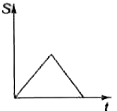 B
B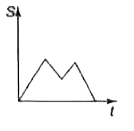 C
C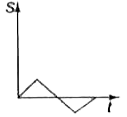 D
D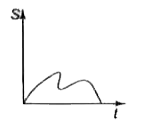
Which of the following speed-time graphs is not possible:
A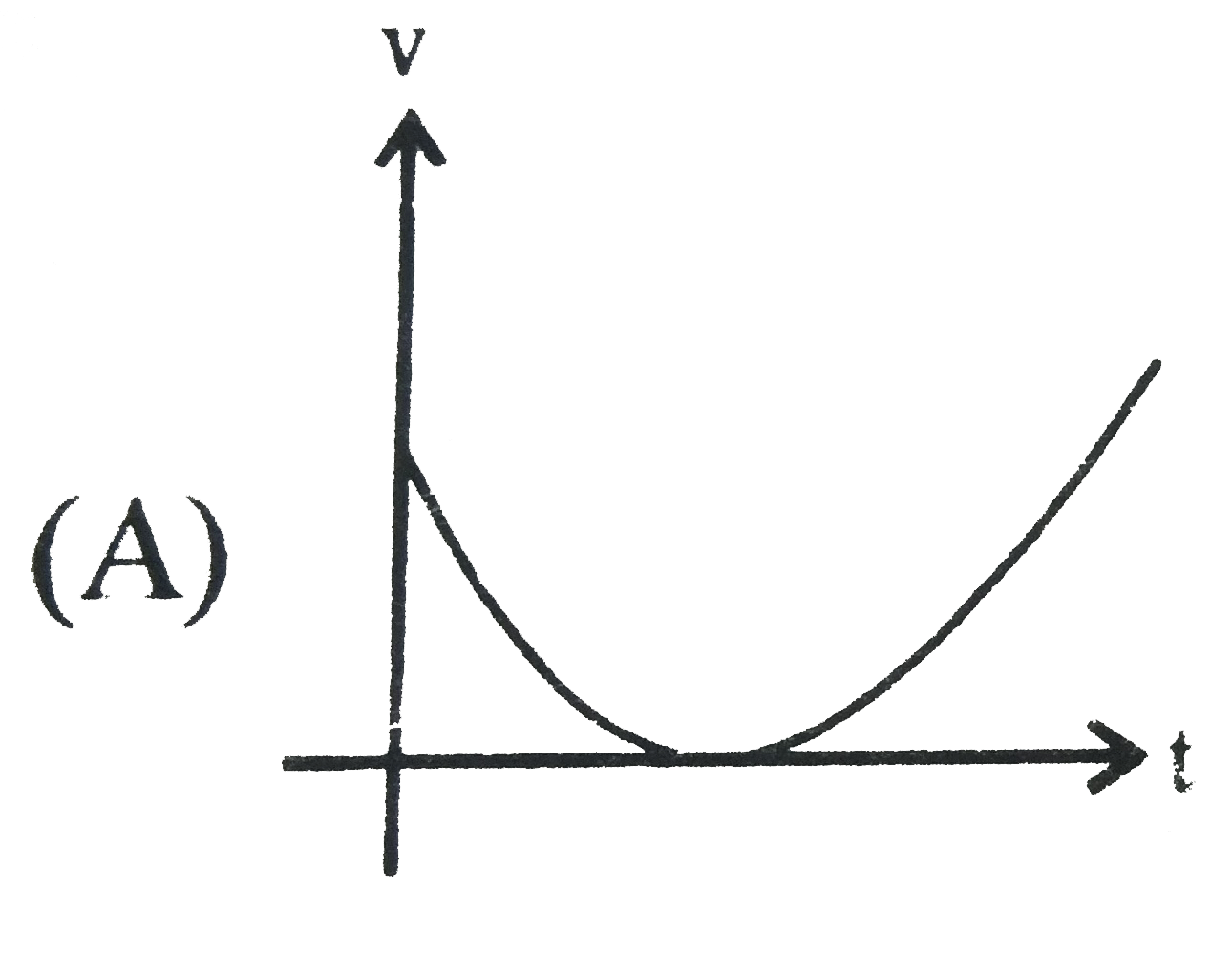 B
B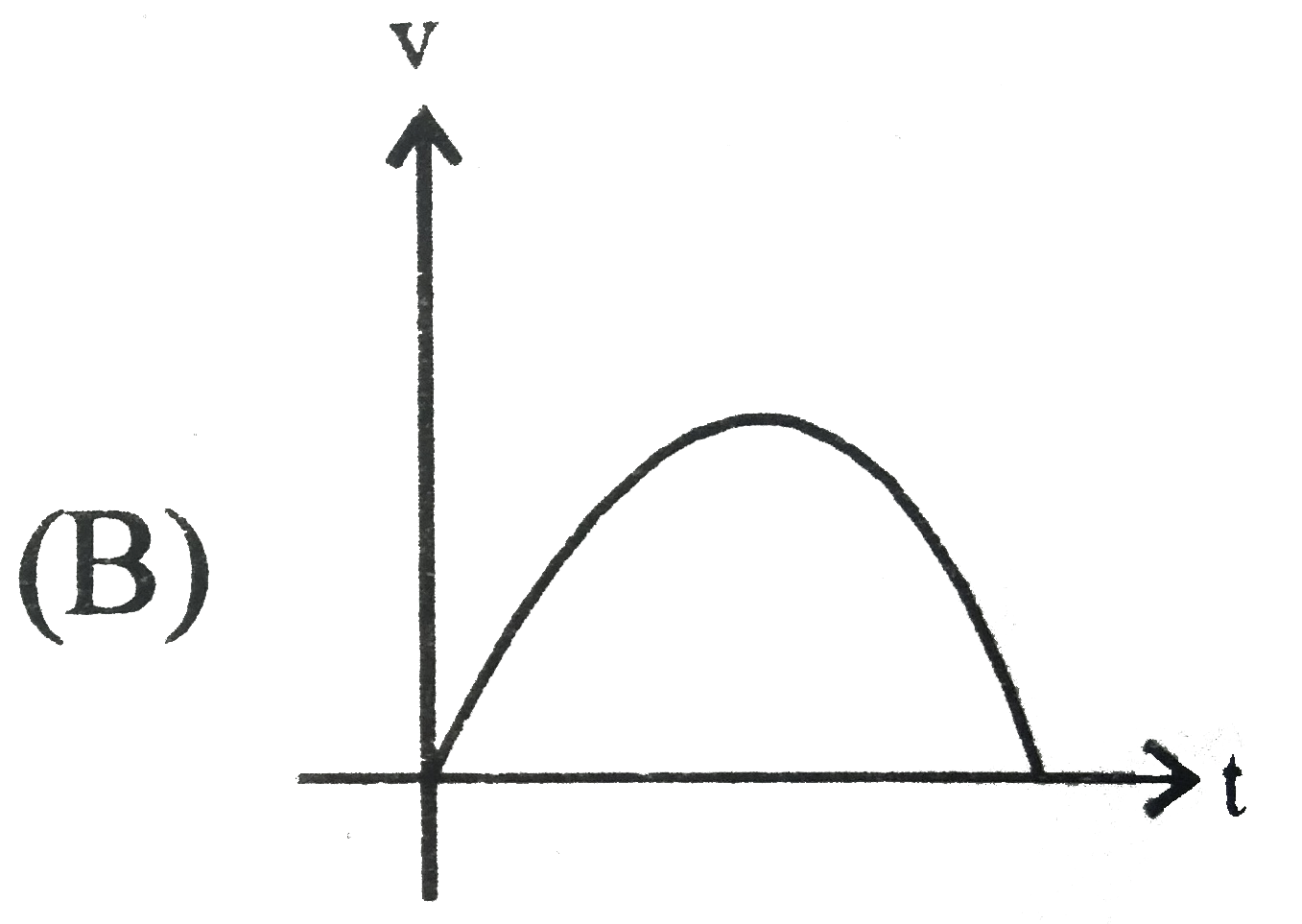 C
C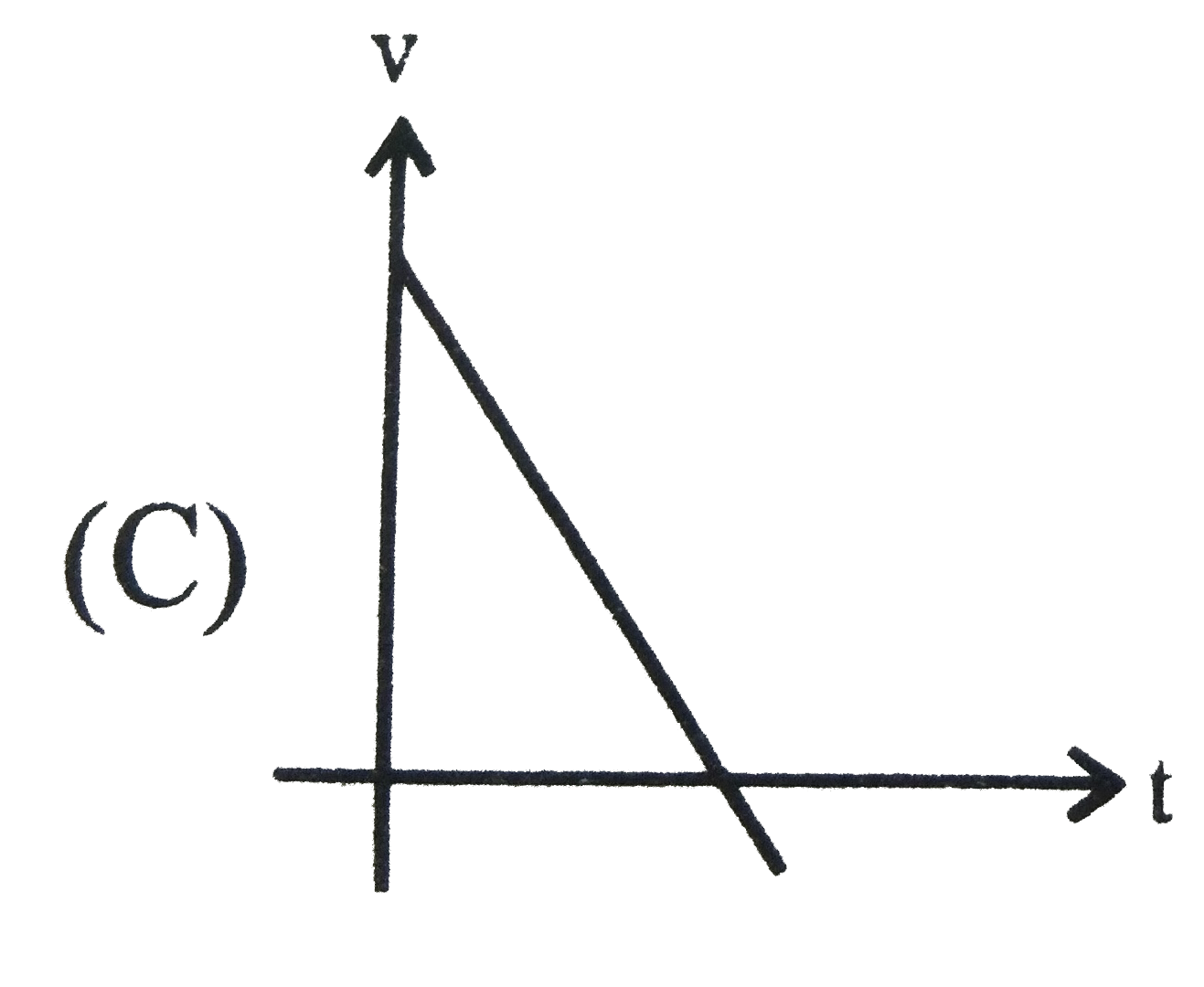 D
D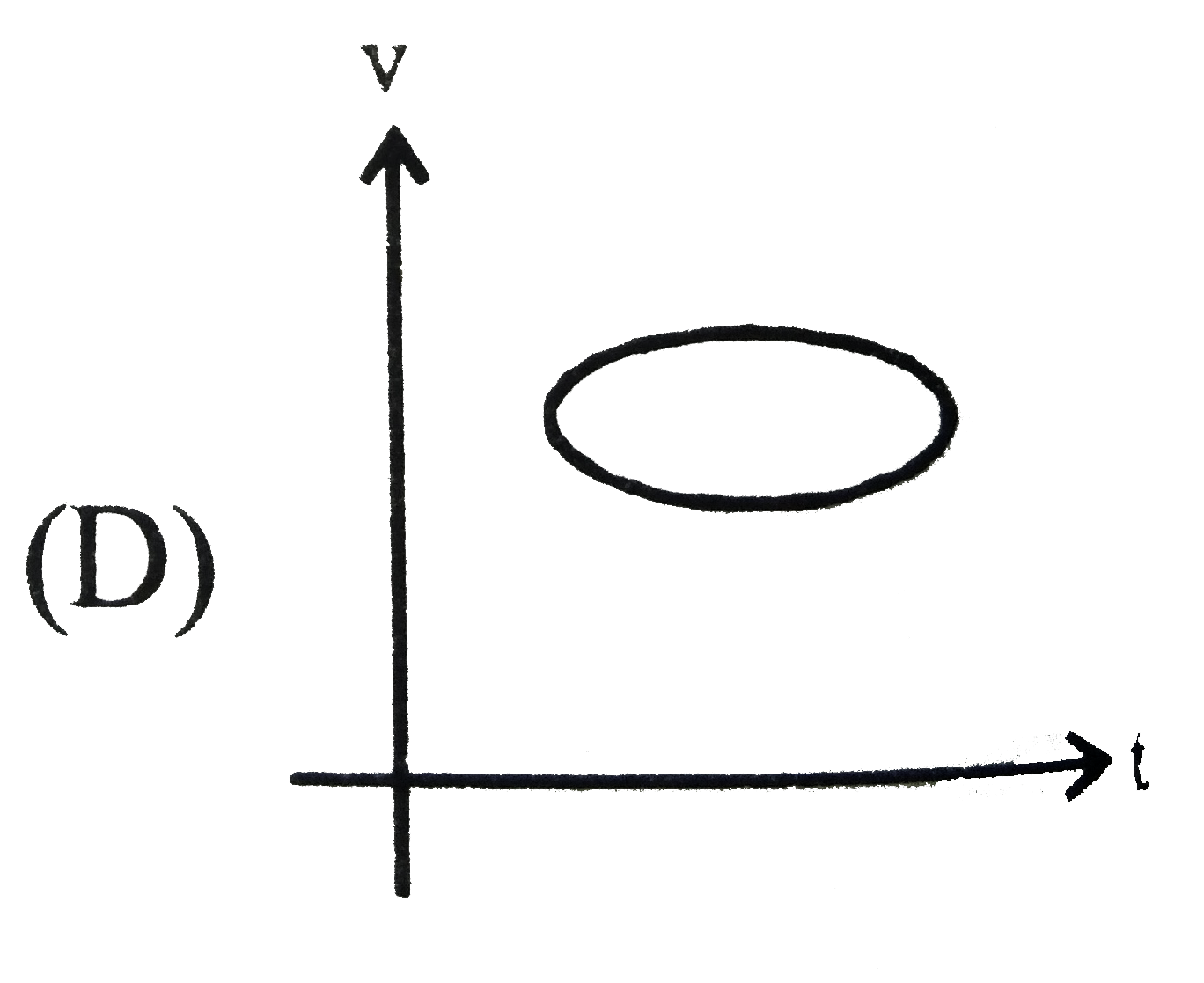
Which of the following velocity-time graphs does not represent motion in one dimension?
A B
B C
C D
D
Which of the following velocity-time graphs (v−tgraph) represent uniform motion
View SolutionWhich of the following velocity-time graphs shows a realistic situation for a body in motion ?
View SolutionWhich of the following velocity-time graphs shows a realistic situation for a body in motion ?
View SolutionWhich of the following time-displacement graphs is not possible in nature?
View SolutionIn which of the following velocity (v) - time (t) graphs, the instantaneous acceleration decreases with time?
View Solution


